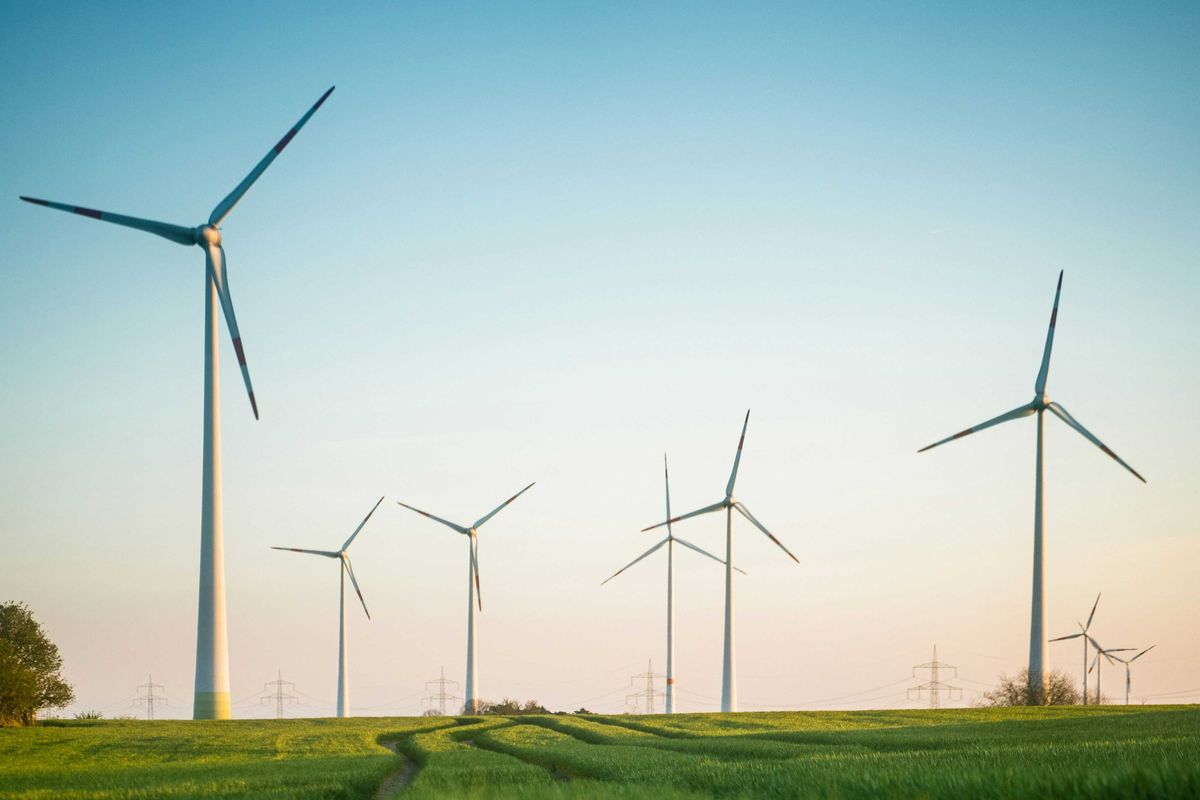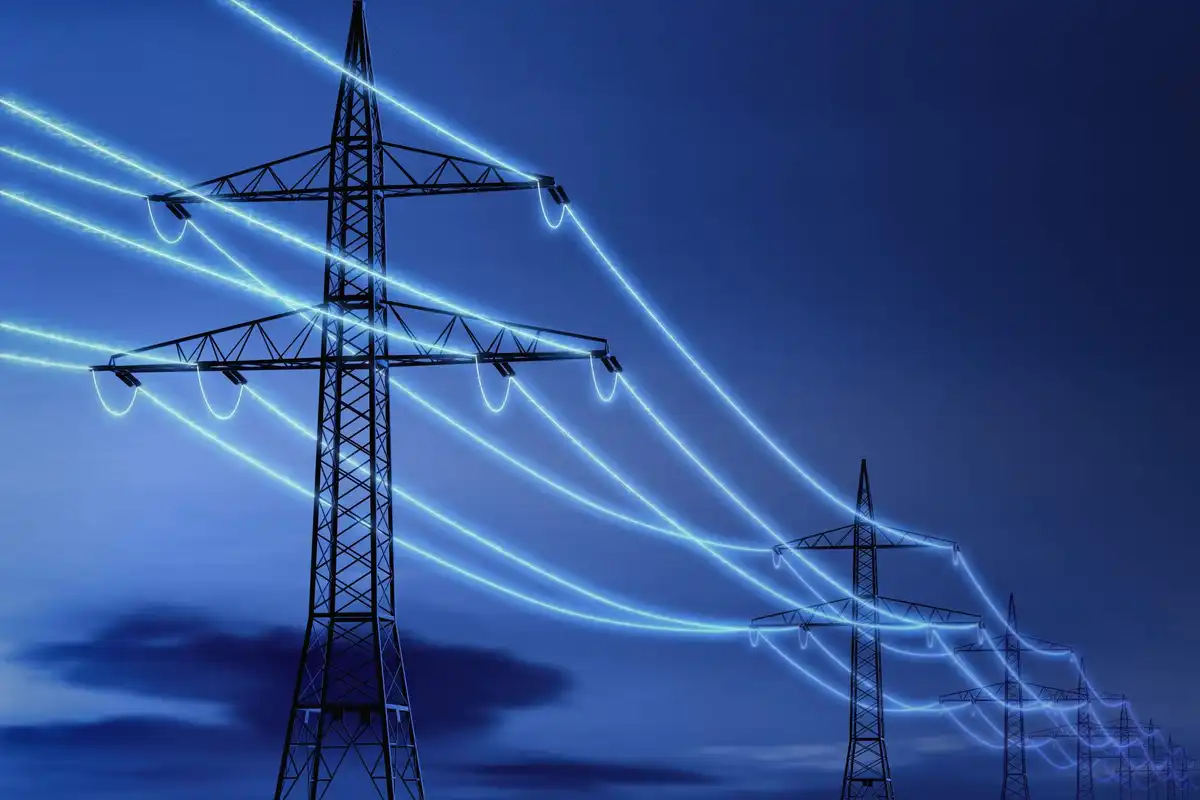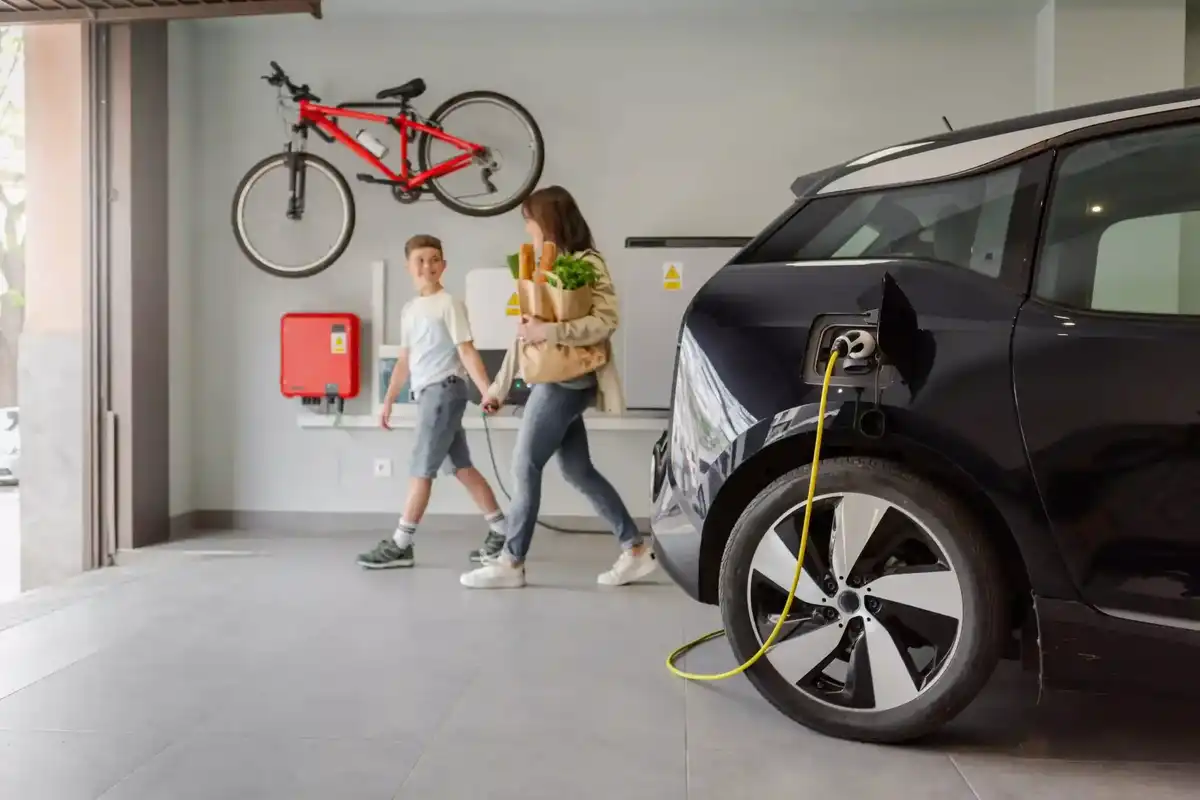Texas energy startup closes $200M round to fund first factory in the state
fresh funding
Base Power, an Austin-based startup that provides battery-powered home energy services and just entered the Houston market, has raised $200 million in series B funding.
The money will help finance the construction of Base Power’s first factory in Texas. A site for the factory hasn’t been announced. The cash will also go toward the national expansion of Base Power’s services.
Andreessen Horowitz, Lightspeed Venture Partners and Valor Equity Partners co-led the round, with participation from existing investors such as Thrive Capital, Altimeter, Terrain, and Trust.
As part of the fundraising, Lee Fixel of Addition and Antonio Gracias of Valor Equity Partners are joining Base Power’s board of directors.
Last year, the startup landed $68 million in a series A funding round.
Base Power, founded in 2023, specializes in developing battery storage for energy that it provides to residential customers. Its partners include homebuilder Lennar and the Bandera Electric Cooperative, which supplies power to customers in seven Hill Country counties. Earlier this year it began serving the Houston-area territory serviced by CenterPoint Energy.
“Our rapid expansion has allowed us to power up thousands of Texans in just a few months, while driving their energy costs down and power reliability up,” Zach Dell, co-founder and CEO of Base Power, says in a news release. “With this investment, we will continue to innovate on new grid solutions, establish our domestic manufacturing capabilities, and accelerate adoption nationally.”
Dell’s father is Austin tech billionaire Michael Dell. He founded the company with Justin Lopas.
- Here's how Texas ranks when it comes to energy affordability ›
- Energy storage company secures $77.6 million to continue Texas expansion ›
- Houston PE firm unveils oversubscribed $450M fund to advance nuclear power innovation ›
- Austin energy startup expands to Houston, offering electricity with backup batteries ›








 Air Liquide and Hyundai agreed to expand hydrogen refuelling networks, storage capacity and more at a meeting in Seoul last week. Photo courtesy Air Liquide.
Air Liquide and Hyundai agreed to expand hydrogen refuelling networks, storage capacity and more at a meeting in Seoul last week. Photo courtesy Air Liquide.
